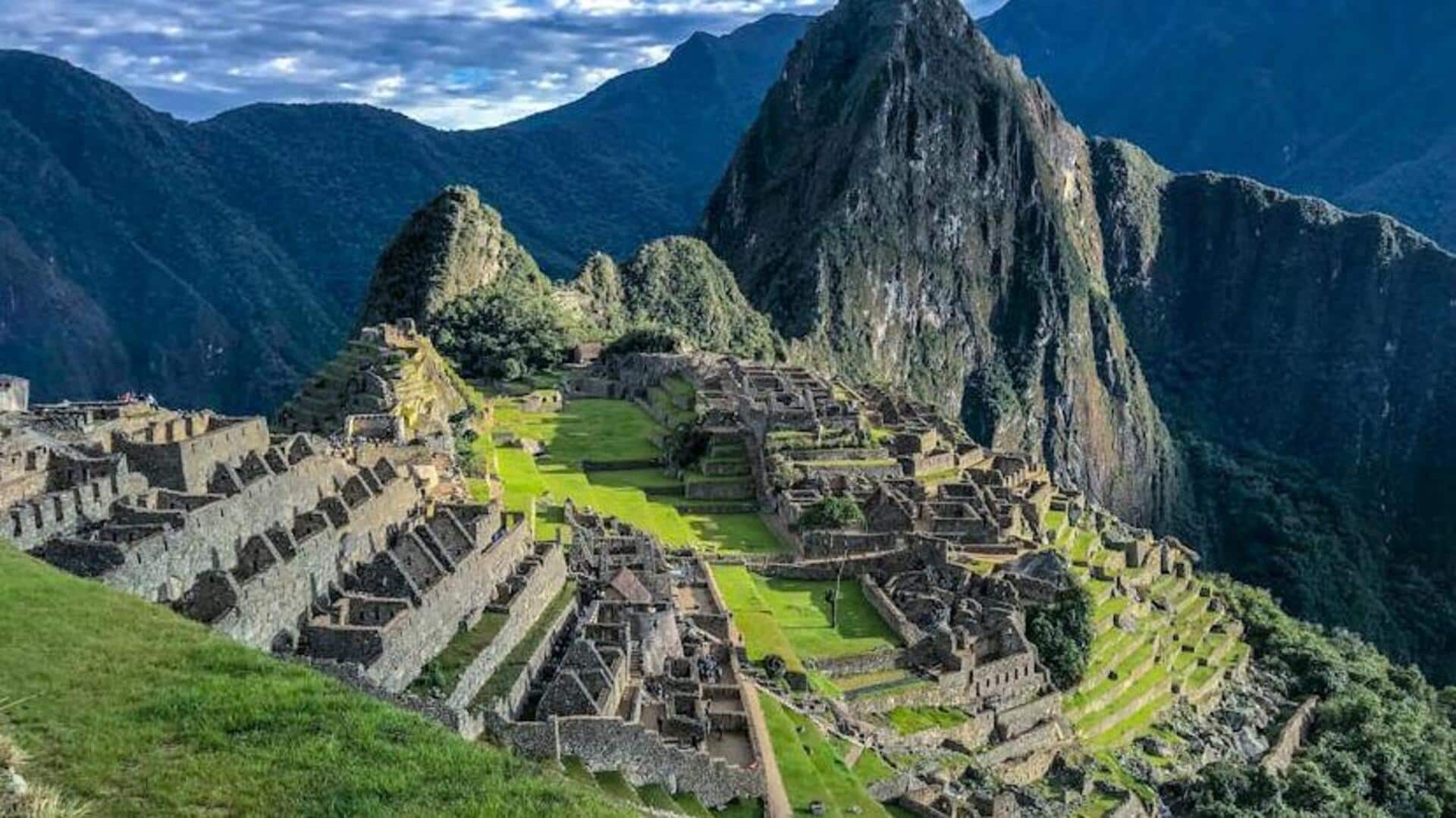
Your 7-day cultural tour through Peru's weaving villages
What's the story
Peru has a lot to offer in terms of culture, especially in its weaving villages. A seven-day tour of these villages will get you acquainted with the detail-oriented art of weaving, which is a generational legacy. You will not only get to see the colorful textiles but also meet local artisans and learn about their lifestyle. The tour is a deep-dive into Peru's culture, revealing ancient methods and community traditions.
Chinchero
Exploring Chinchero's weaving techniques
Chinchero is also known for its weavers who use natural dyes and age-old methods to create exquisite textiles. Observers can witness the entire process, from spinning wool to dyeing with natural elements. The village even conducts workshops for tourists to learn weaving from experts, providing a practical insight into the craft's complexity and the artisans' commitment to their cultural heritage.
Pisac
Pisac's vibrant market experience
Pisac is popular for its lively market where local craftsmen sell handmade textiles and other crafts. The market is a great place to see a plethora of woven goods, all reflecting unique patterns and colors depending on the region. Talking to the vendors gives you an insight into the meaning behind different designs and motifs they used in their work. The colorful ambience lets you enjoy the diversity of Peruvian weaving.
Ollantaytambo
Ollantaytambo's historical significance
Apart from having stunning Incan ruins, Ollantaytambo is also a center for traditional weaving. Visitors can see workshops focusing on the preservation of ancient techniques, while infusing modern elements into their designs. Artisans often narrate how history has influenced their craft over the years. This gives the context of current practices in this community.
Patacancha
Patacancha's community-based initiatives
Patacancha is known for its efforts to preserve weaving traditions and provide families with a source of income. Travelers can witness how daily life blends with textile production, from spinning yarn to setting up looms. Families collaborate on new projects, producing items for local and international sale, responding to market demand all year round.